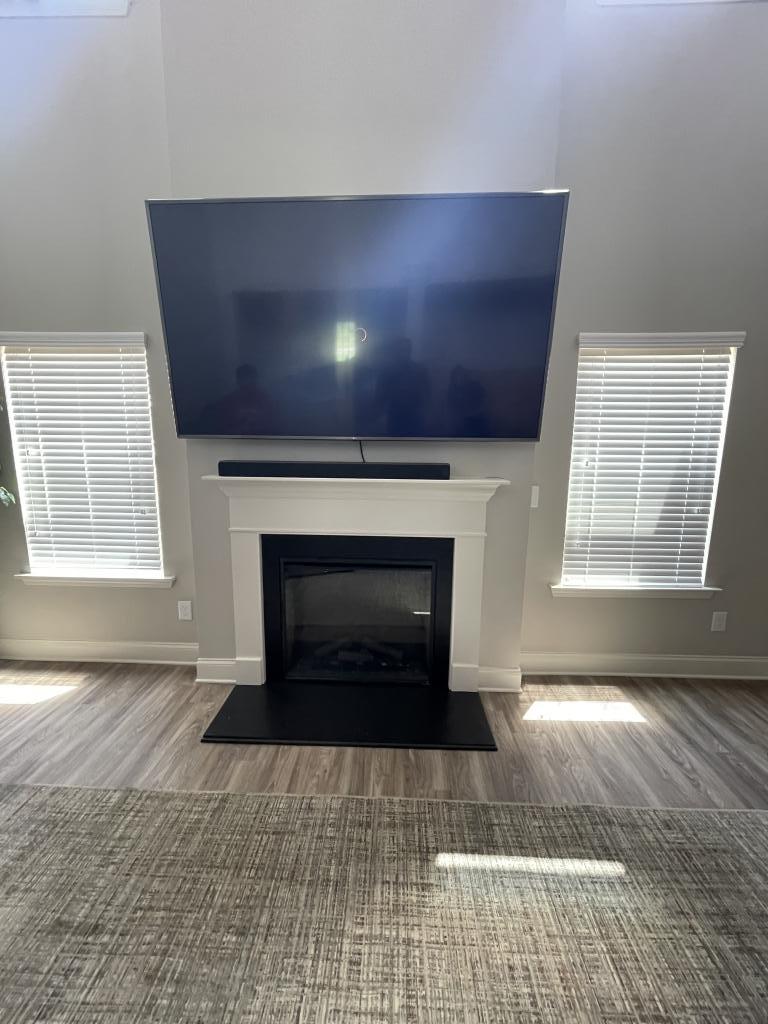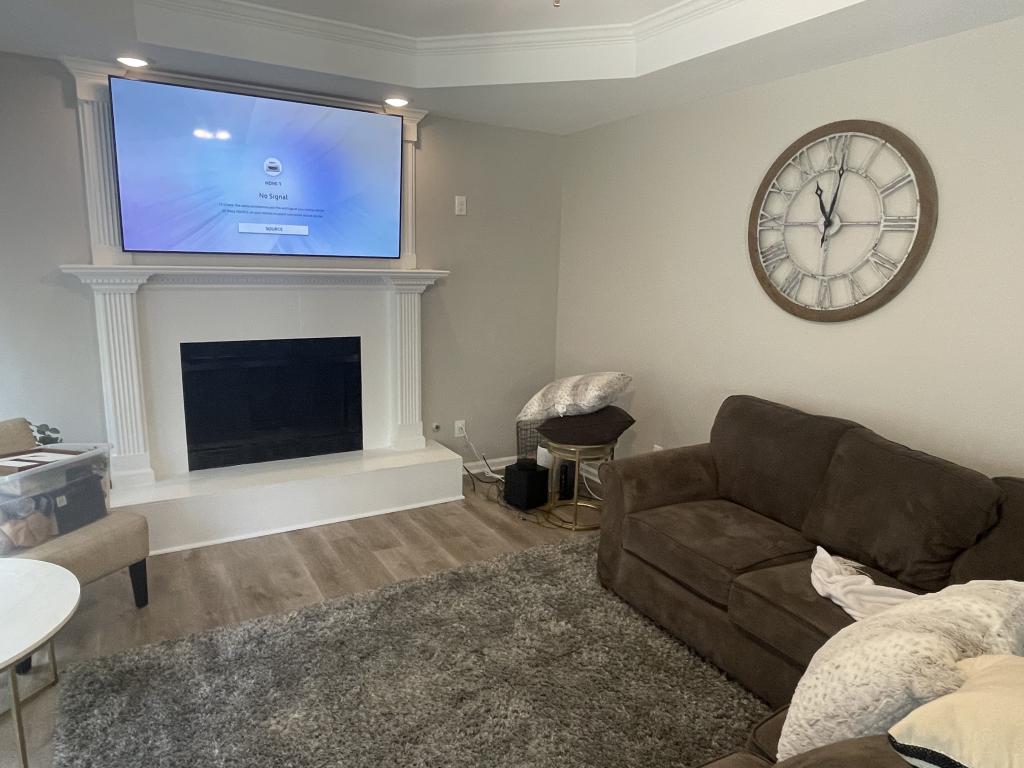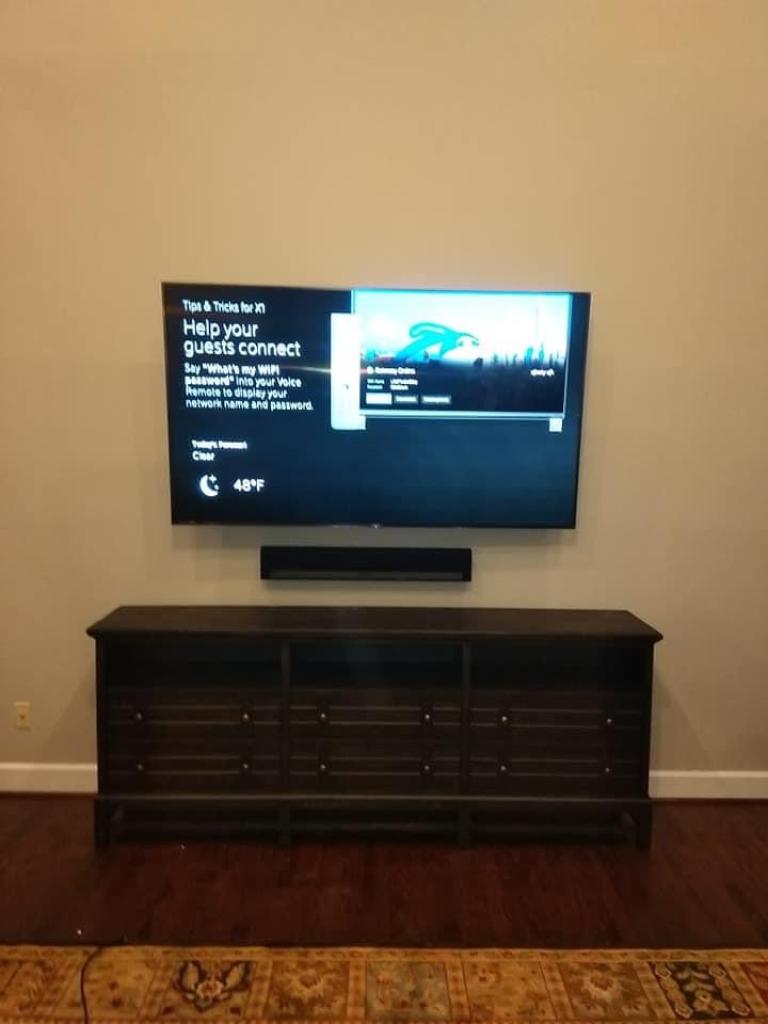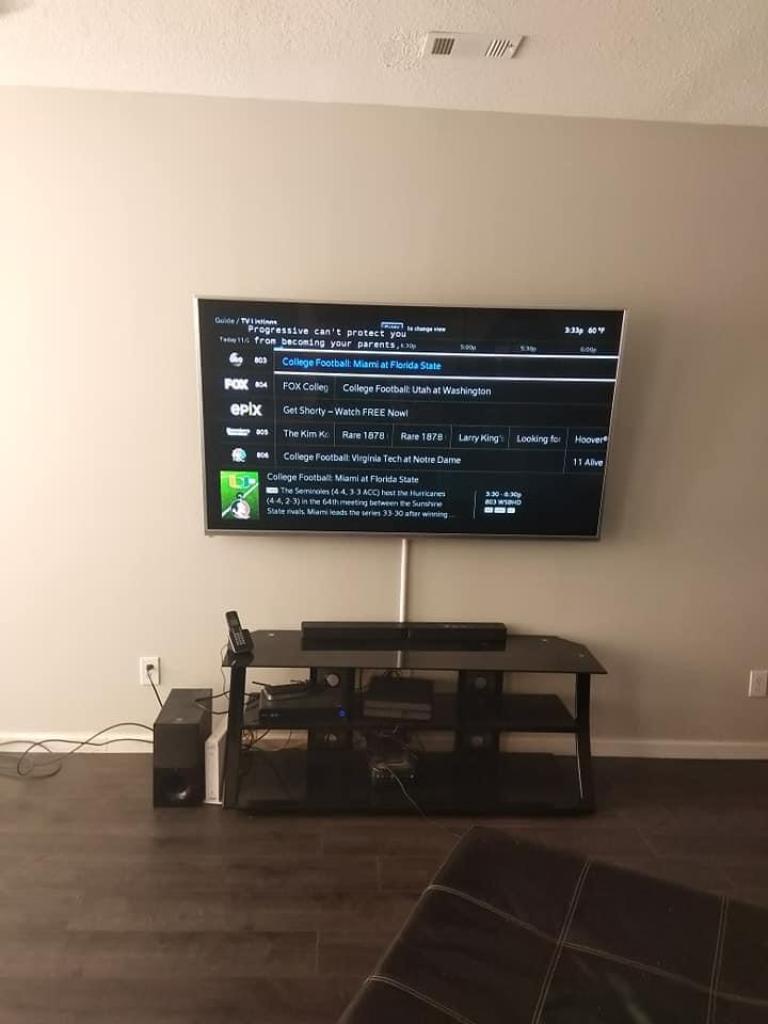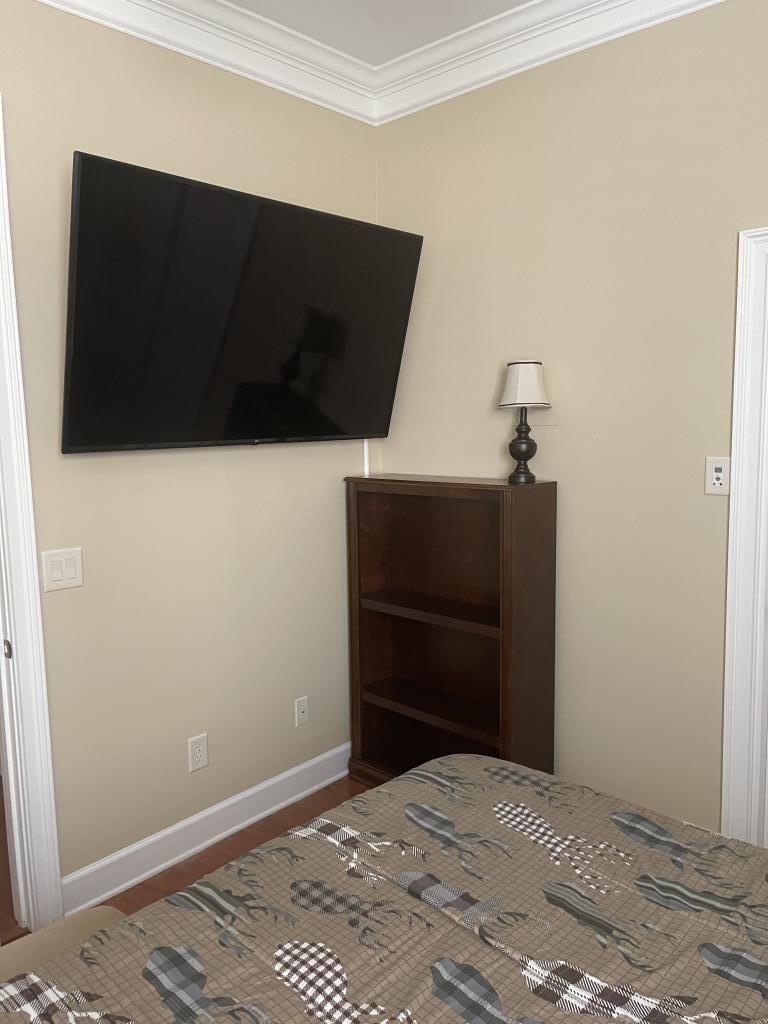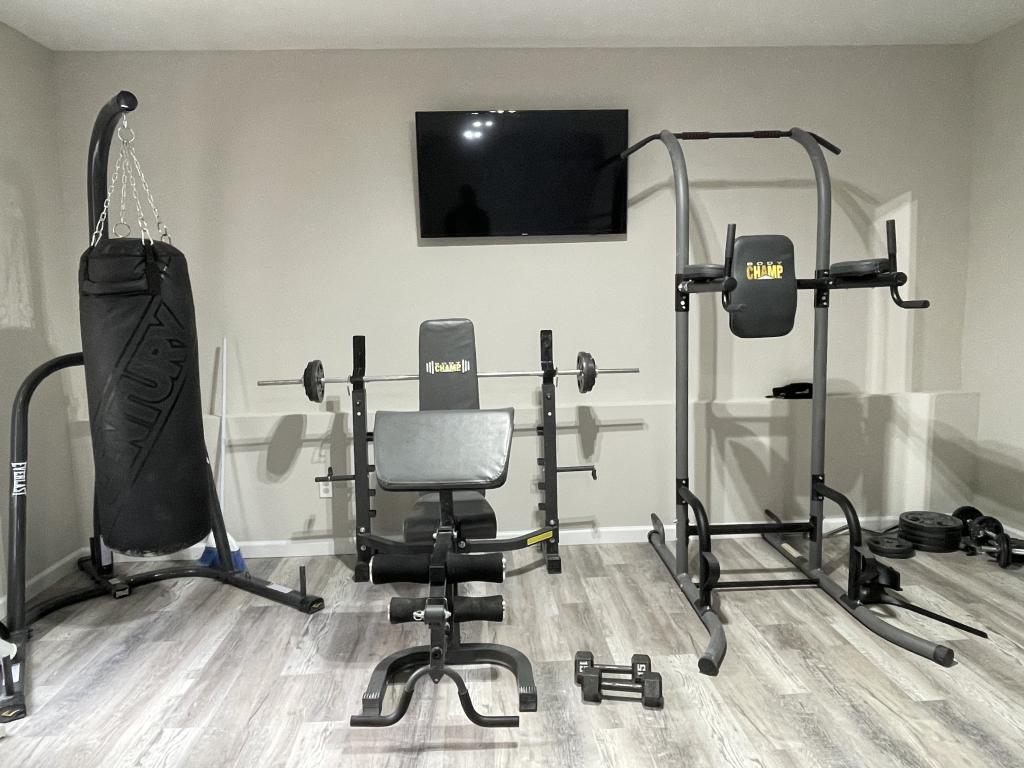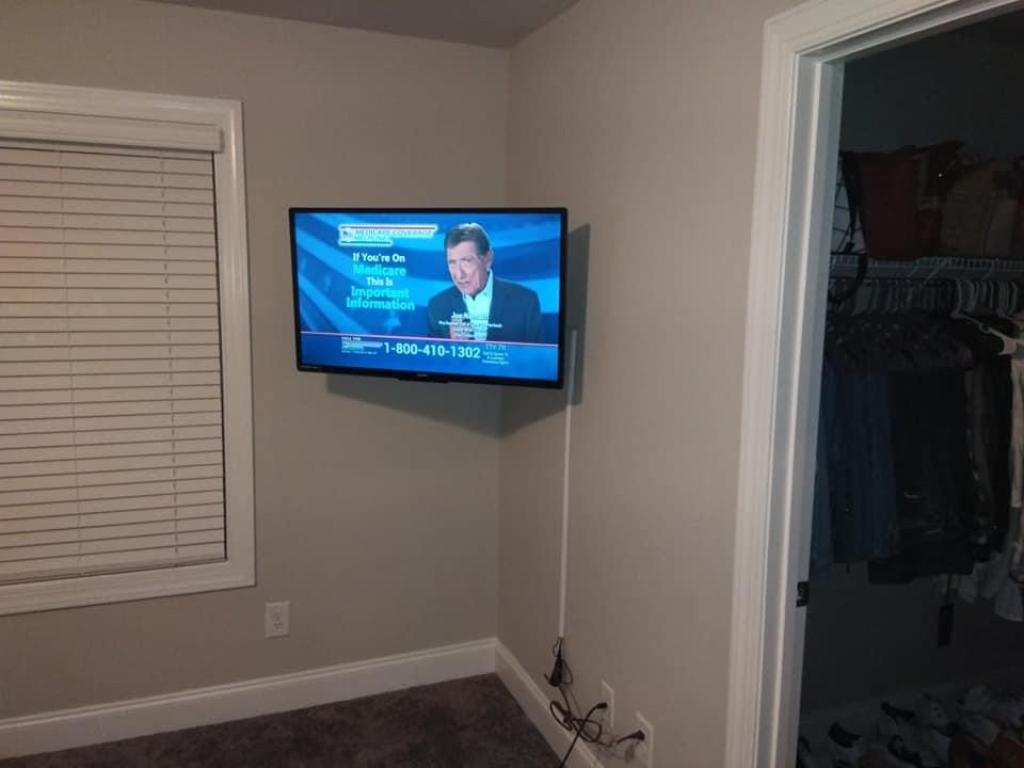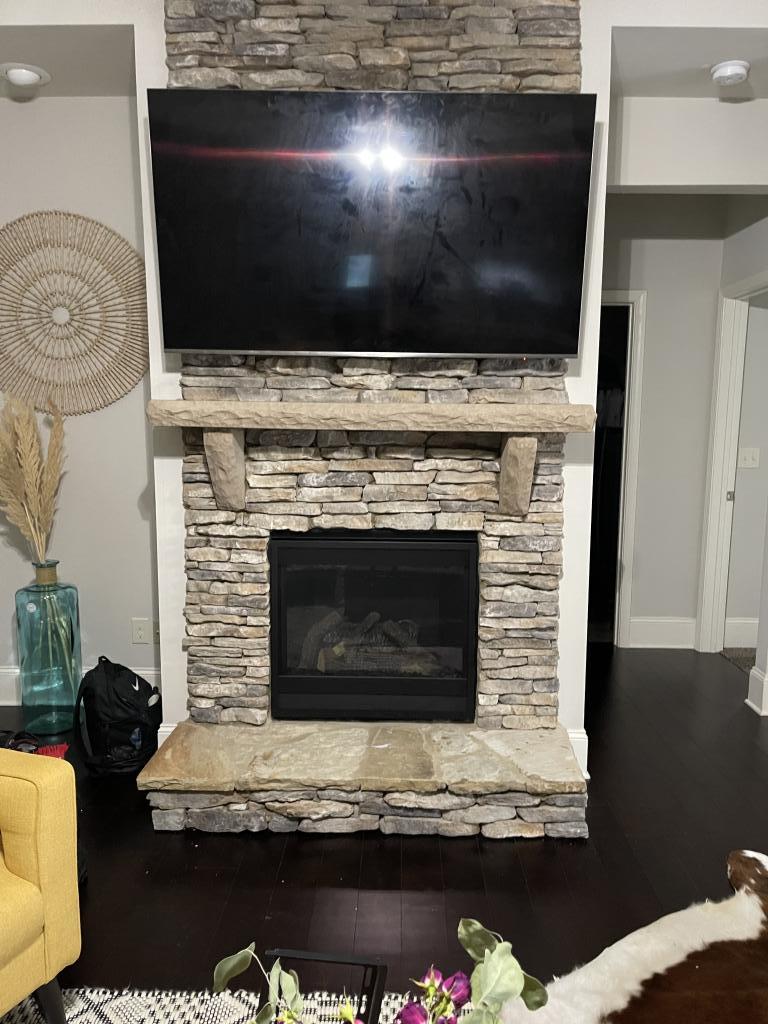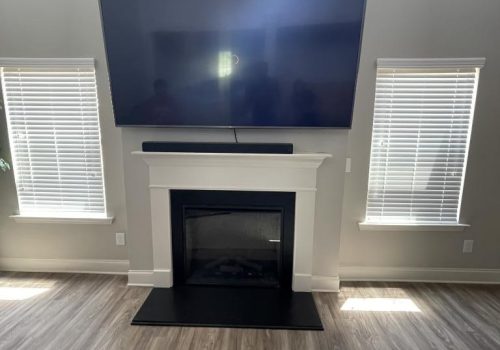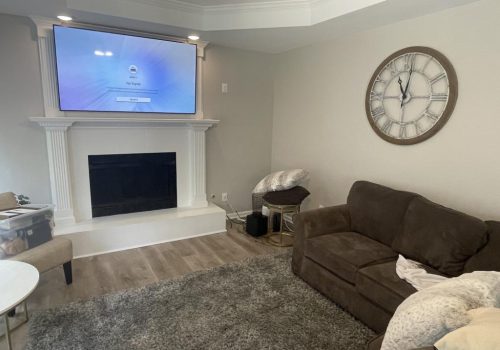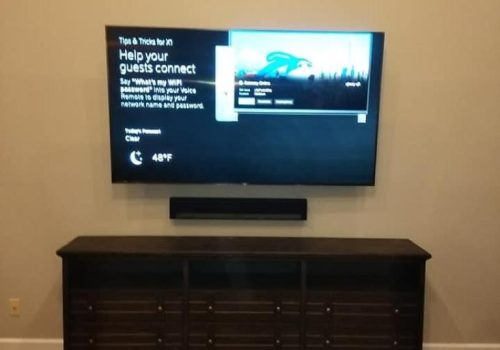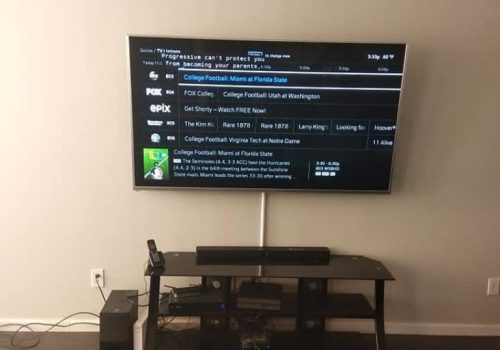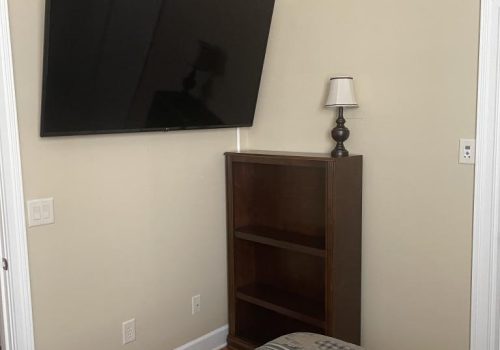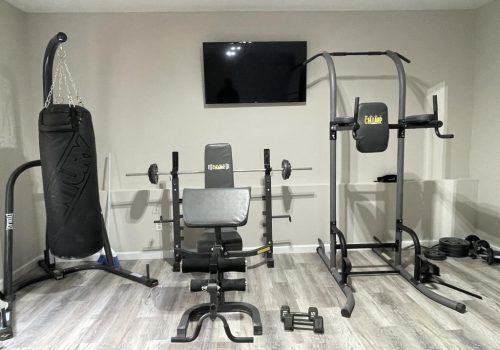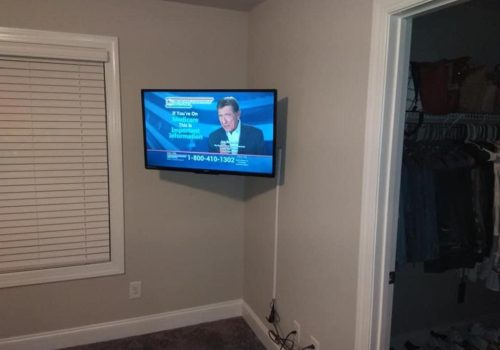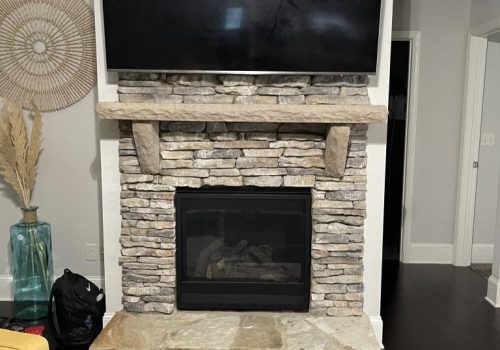Can one person hang a TV on the wall?
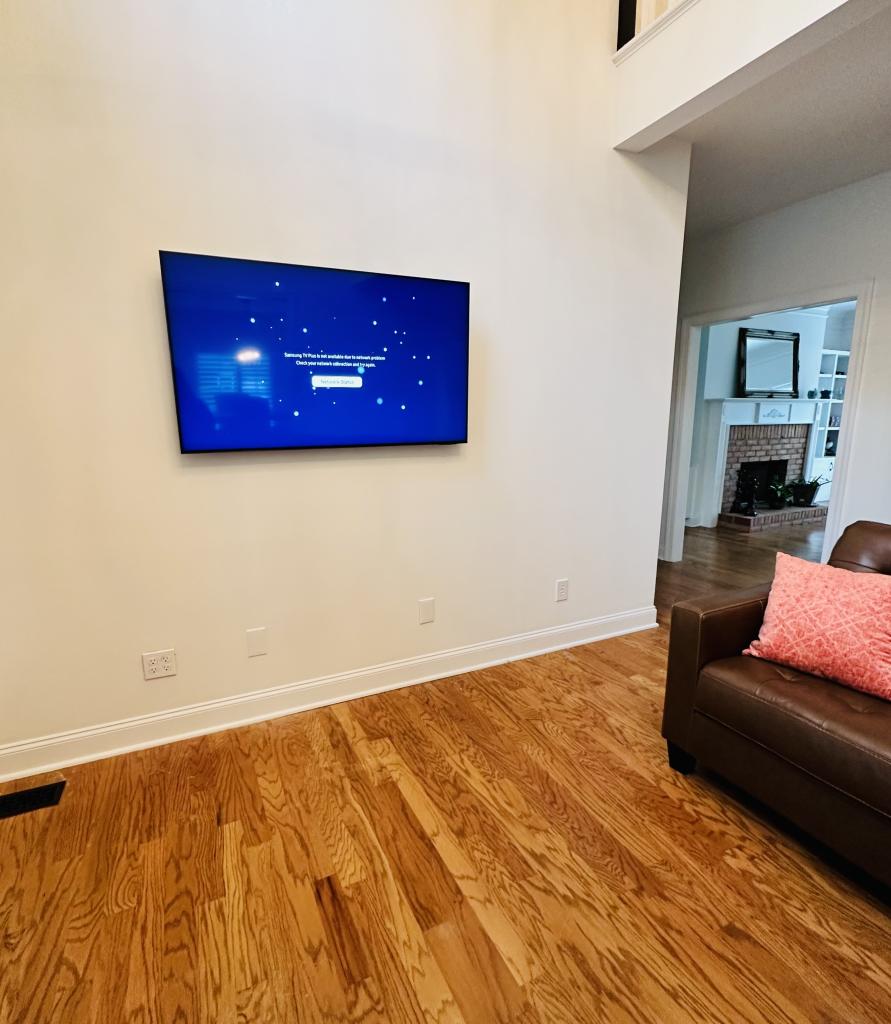
Hanging a TV on the wall has become increasingly popular in recent years, as more people recognize the benefits of wall-mounting their television sets. However, a common question that arises is whether one person can complete the task alone. In this article, we will explore the process of hanging a TV on the wall and discuss the factors to consider, step-by-step instructions, challenges, and alternatives.
Mounting a TV on the wall offers several advantages that make it a worthwhile endeavor. Firstly, it saves valuable space in your living area. By eliminating the need for a TV stand, you can free up floor space and create a more open and organized environment. Additionally, wall-mounting provides an enhanced viewing experience. By adjusting the TV's height and angle, you can optimize the viewing angles for maximum comfort and enjoyment. Lastly, a wall-mounted TV is aesthetically pleasing, giving a sleek and modern look to any room.
Before attempting to hang a TV on the wall, there are a few critical factors to take into account. Firstly, consider the size and weight of your TV. Larger and heavier TVs may require additional support or assistance during the installation process. Next, assess the wall material and locate the studs. It is crucial to mount your TV on studs to ensure a secure and stable installation. Additionally, gather the necessary tools and equipment, such as a stud finder, drill, and level, to complete the task effectively. Lastly, always prioritize safety by double-checking electrical wires and making sure they are safely tucked away, and wear appropriate safety gear.
Now let's break down the step-by-step process of hanging a TV on the wall. Begin by measuring and marking the desired height and location where you want to mount your TV. Then, using a stud finder, locate the wall studs and mark their positions. This will guide you in securely attaching the TV mount. Once the preliminary steps are completed, gather the necessary tools and equipment and proceed to mount the TV. Attach the TV wall mount bracket to the back of the TV carefully, following the manufacturer's instructions. Afterward, position the wall mount on the wall, aligning it with the marked stud locations, and mark the mounting holes accordingly. Drill pilot holes and secure the bracket to the wall using appropriate screws or bolts.
Once the TV mount is securely attached, it's time to connect and adjust the TV. Firstly, connect the necessary cables and cords, such as HDMI and power cords, to the TV. Then, carefully lift the TV onto the wall mount bracket, making sure it is properly aligned and secured. Afterward, adjust the TV's position and use a level to ensure it is perfectly level. Make any necessary adjustments until you are satisfied with the TV's placement.
Although it is possible to hang a TV on the wall alone, there are certain challenges and limitations to be aware of. For instance, larger and heavier TVs may require additional support and can be more difficult to handle alone. Moreover, securing them properly to the wall can present challenges, increasing the risk of accidents or damage. To mitigate these concerns, it is advisable to seek professional assistance for the installation, especially for larger TVs or if you are not confident in your abilities.
Alternatively, if you prefer not to mount the TV on the wall, there are other options to consider. TV stands or furniture provide a convenient and secure placement for your TV without the need for wall mounting. Additionally, some wall-mounting options offer easier installation, such as adjustable mounts or TV hangers with built-in levelers.
In conclusion, hanging a TV on the wall is a popular choice due to its space-saving benefits, enhanced viewing experience, and aesthetic appeal. While it is possible for one person to hang a TV on the wall, there are challenges and limitations to consider, such as weight and size restrictions and safety concerns. Seeking professional assistance or exploring alternative placement options may provide practical solutions for those who are unsure or have difficulty with the installation process.
Gallery
